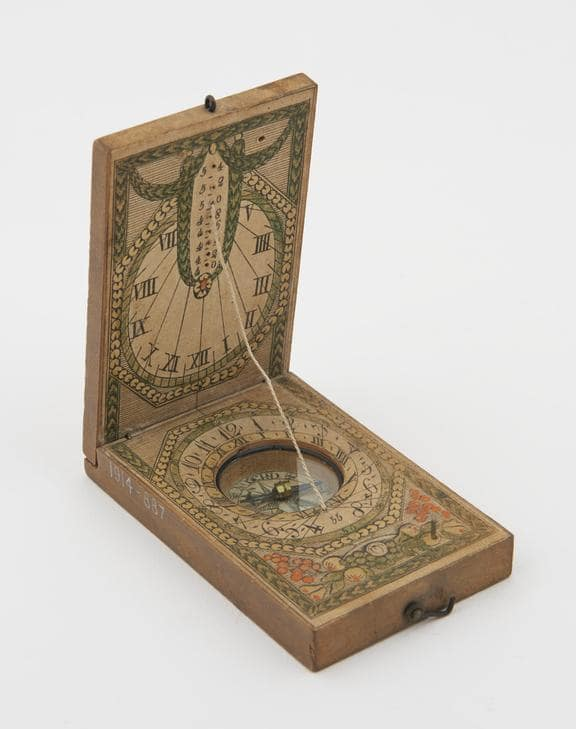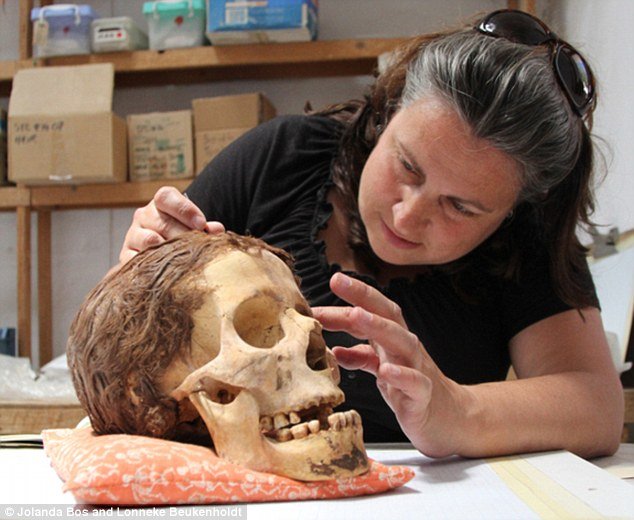It started off as a trading post for goods like ivory and gold.
Only in 1663, when King Charles II awarded a license to the Company of Royal Adventurers of England Trading into Africa, did the slave trade actually start from there (later the Royal African Company). He granted it exclusive control over the trade in people.
Fort Kormantine was only in English hands for two more years before the Dutch took control of it, but during that time, it was crucial in the development of the slave trade.
It served as a storage facility for the things used to purchase slaves. It served as a temporary detention facility for people who had been abducted in various regions of West Africa before being transported to the Caribbean to work on plantations to advance the sugar industry.
One of the factors that makes locating the Fort Kormantine's foundations interesting, according to Prof. DeCorse, is the lack of information regarding the actual appearance of these early slave trafficking outposts.
The Dutch constructed Fort Amsterdam on the same position as the fort after taking control of it, so its precise location could not be determined, especially after it was designated a United Nations World Heritage Site, which made excavation challenging.
However, preliminary excavations in 2019 in and around Fort Amsterdam, which uncovered some early 17th Century artifacts, provided a possible location.
Early this year, archaeologists visited the area again and started further investigations.
When they began by discovering numerous plastic items that must have been dropped more recently, there was first some dismay. But later a stone that Professor DeCorse identified as a component of a larger construction was discovered by Nigerian graduate student Omokolade Omigbule.
The University of Virginia student describes seeing the remains and the footprints of an actual building that had been buried beneath a new fort as "mind-blowing."
"Being a part of such a dig transports me back a few hundred years, it feels like I was there," the participant said of seeing the effects of these outside forces in Africa firsthand.
A six-metre (20-foot) wall, a door post, foundations, and a drainage system made of red brick were discovered as the excavations went on.
These all point to an English presence earlier than the Dutch fort.







































